
Traumatic Spinal Cord Injury: Potential Effects and Chances of Recovery
When a spinal cord injury (SCI) is caused by external forces, such as a car accident or fall, it is called a traumatic spinal cord

When a spinal cord injury (SCI) is caused by external forces, such as a car accident or fall, it is called a traumatic spinal cord

Brown-Séquard syndrome is a rare form of incomplete spinal cord injury characterized by weakness and/ or paralysis on one side of the body, with specific

An incomplete spinal cord injury can result in a wide range of sensory and/or motor impairments. Depending on the severity of an individual’s spinal cord
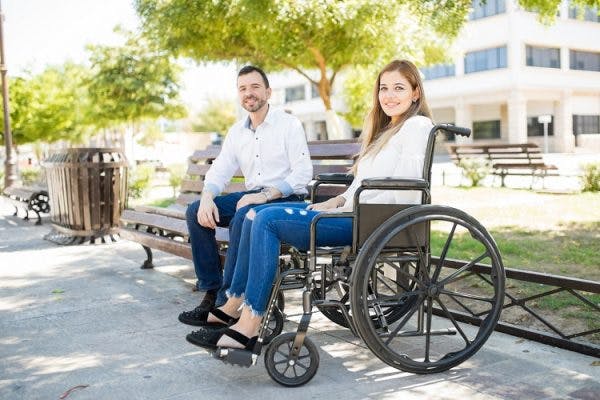
Incomplete quadriplegia involves weakness or paralysis of all four limbs. Depending on the severity of the spinal cord injury, individuals may have residual movement. About 47% of
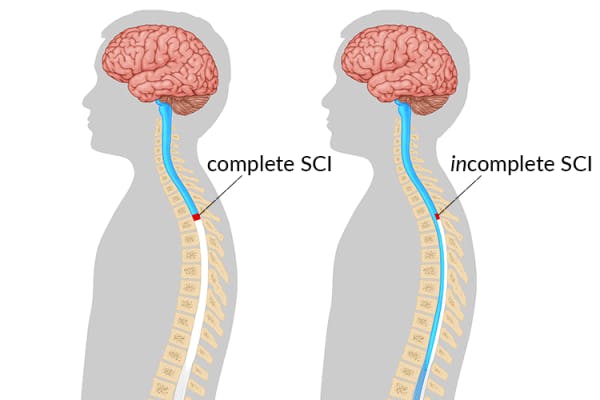
One way to measure the severity of a spinal cord injury is to determine whether it is complete or incomplete. These two classifications of injury

About 20% of all spinal cord injuries result in incomplete paraplegia, according to the National Spinal Cord Injury Statistical Center. While incomplete paraplegia can affect your

Becoming paralyzed from the neck down after a spinal cord injury usually means that you’ve injured one of the higher cervical nerves. The cervical region of
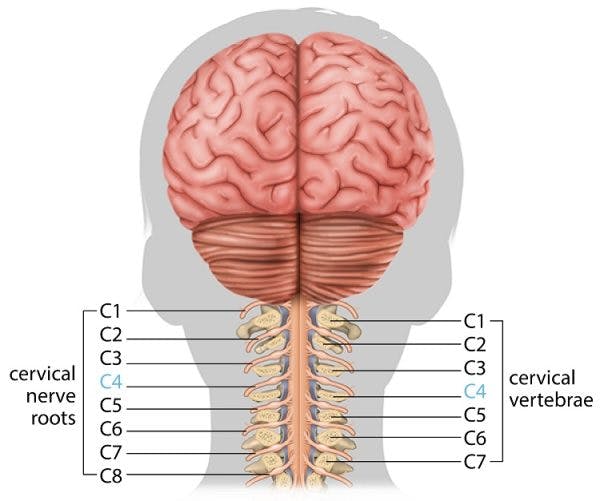
A C4 spinal cord injury is a type of cervical spinal cord injury that occurs when the spinal cord is damaged at the C4 level.
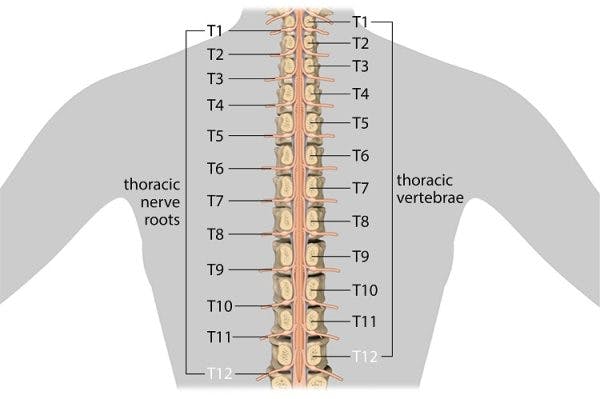
A T12 spinal cord injury affects lower body functions such as walking and bowel and bladder functions. Fortunately, individuals with T12 spinal cord injuries generally
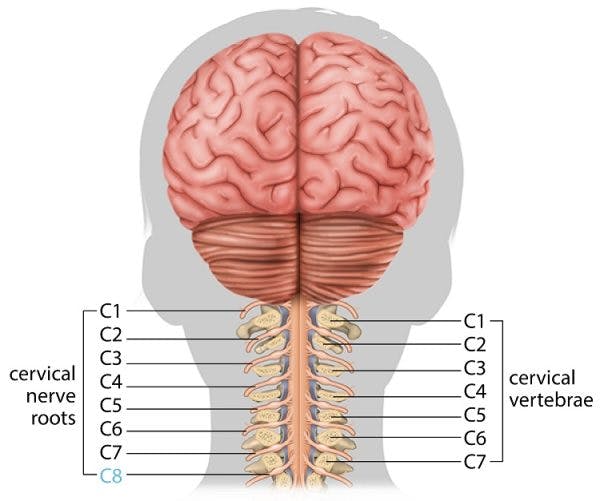
A C8 spinal cord injury refers to damage at the nerve roots between the C7 and T1 vertebrae. While individuals with C8 spinal cord injuries

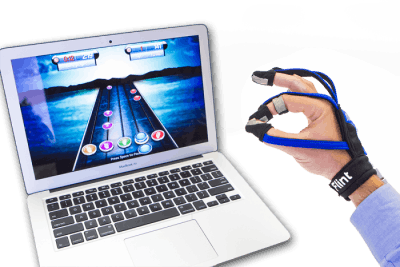
Take the first step towards recovery.